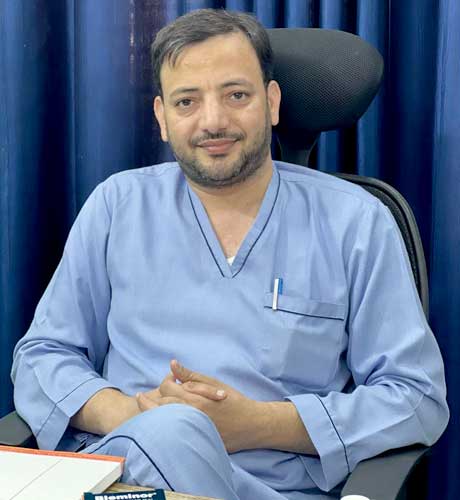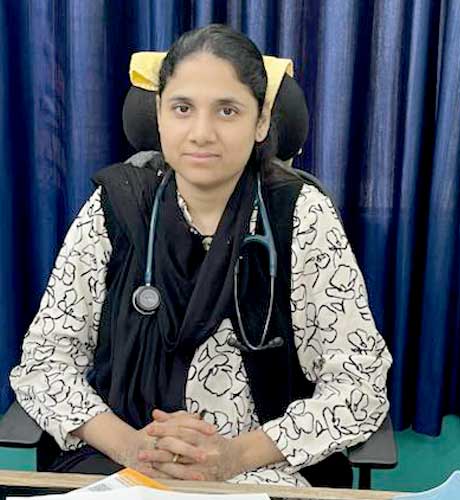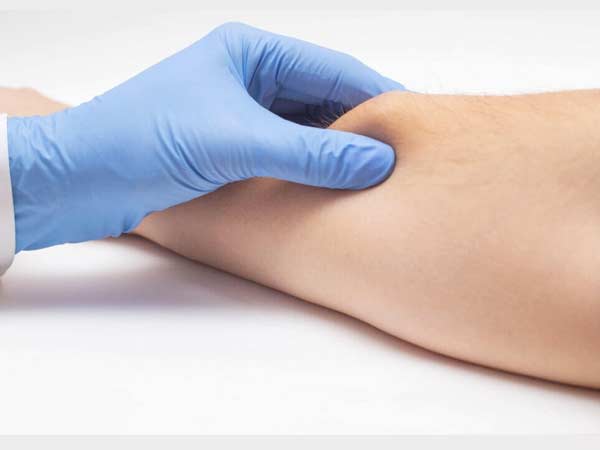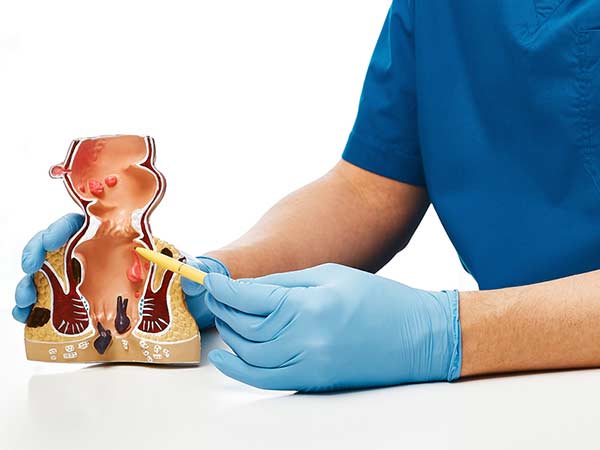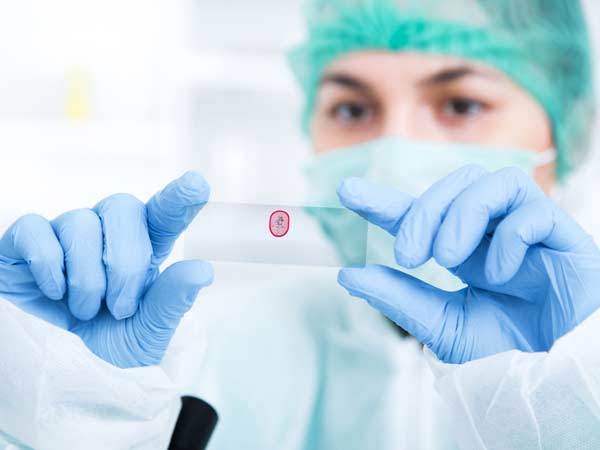
What is small intestine surgery?
The small intestine runs from the stomach to the large intestine (colon). We can differentiate has three sections: the duodenum, the jejunum and the ileum.
Small intestine surgery consists of removing a part of it and then proceeding to join it so that the food can continue its journey from the stomach to the colon. The small intestine is responsible for digesting and absorbing nutrients from the food you eat. It produces hormones that aid digestion. The small intestine also plays a role in the body’s immune system that fights germs.
The most common reason for small intestine surgery is the presence of tumors, with benign characteristics on some occasions but mostly cancerous (malignant) lesions.
Previous considerations
Before any surgery, an assessment should be carried out by the anesthetist where they will advise you which medication you should stop taking and which you should continue taking. Sometimes you must be evaluated by another specialist if you have underlying diseases.
In the case of anticoagulant treatment or treatment that facilitates bleeding, the anesthesiologist, haematologist, cardiologist or family doctor will inform about the attitude to follow.
In the case of smoking, the habit should be stopped because it facilitates anesthetic management, smoker patients have more complications than smokers in anesthetic procedures.
It is recommended to perform moderate-intensity exercise before any intervention, unless there is a specific contraindication, such as walking at least 60 minutes a day.
How is the preparation prior to the intervention?
FOOD AND MEDICINE
In preparation for small bowel surgery, your surgeon may ask you to:
- Do not eat anything before surgery. You may have a sip of water with your medications, but avoid eating and drinking for at least six hours before surgery.
- Discontinue certain medications and supplements. Talk to your doctor about all medications and supplements you take. You continue to take most medications as directed by your doctor. Your doctor may ask you to stop certain medications and supplements because they can increase your risk of bleeding.
How is the surgery performed? (type of incision, resection, type of drainage, anesthesia)
BEFORE THE INTERVENTION
Small bowel surgery is performed under general anesthesia, so you won’t be conscious during the procedure. Numbing medications are given intravenously into the arm. Once the medications take effect, the health care team will insert a tube down your throat to help you breathe. Your surgeon will perform intestinal surgery using a laparoscopic or open procedure.
DURING THE PROCEDURE
Depending on your situation, your surgeon will recommend one of two surgical approaches:
Minimally invasive (laparoscopic) bowel resection
During a laparoscopic bowel resection, the surgeon makes four or five small incisions in the abdomen. A tube with a tiny video camera is inserted into your abdomen through one of the incisions. The surgeon watches a video monitor in the operating room while using surgical tools inserted through the other incisions in the abdomen to remove the diseased segment of small intestine and subsequently restore intestinal continuity. This intervention takes two or three hours.
A laparoscopic resection is not appropriate for everyone. In some cases, the surgeon may start with a laparoscopic approach and determine that a larger incision is necessary due to scar tissue from operations, previous complications, or an inability to safely continue with the procedure.
Traditional (open) bowel resection
During open bowel surgery, the surgeon makes a 6- to 8-inch incision in the center of your abdomen. Muscle and tissue are retracted to reveal the small intestine. The surgeon then removes the segment of small intestine and reattaches it.
The incision is sutured and you are taken to a recovery area. An open bowel surgery takes about two hours. It is usually performed when the procedure cannot be carried out with maximum safety through the laparoscopic approach.
Sometimes it is necessary to place a tube or drain inside the abdomen with an outlet through the skin to allow the discharge of fluid from the area where the surgery was performed. This tube will be removed prior to discharge home.
What happens after the surgery?
After surgery, the patient slowly awakens from the effects of the anesthetic drugs, so they may have a feeling of not remembering the process. He will spend a short period of time in an area called post-anesthetic recovery, before being taken to his room.
HOW IS THE RECOVERY IN THE HOSPITAL?
It is possible to feel nausea or abdominal pain after the intervention but they will be controlled with the prescribed medication. After about 24 hours, you will begin with the intake of liquids and in the following days solid foods. We recommend sitting down and starting to walk about 12 hours after the intervention. You will be supervised at all times by nursing staff.
It will usually go away between three to five days after the intervention.
HOW IS THE RECOVERY AT HOME?
Our premise is to be active in recovery. For this reason, we encourage the patient to walk daily, we recommend walking at least 60 minutes each day both inside and outside the house. Important physical efforts that may affect wound healing should always be avoided.
When you are discharged home, you will be prescribed medication to make you feel as comfortable as possible. You will resume your previous medication following the surgeon’s recommendations, since some drug may not be recommended in the first days after surgery. Normally the taking of painkillers is indicated to control the pain and the injection of heparin to avoid the appearance of thrombi in your legs.
In relation to food, we recommend avoiding copious meals during the first week. Subsequently, all types of food will be progressively reintroduced, with possible intolerance of some of them, so their intake will be suspended and they will be tried again in the following weeks. Occasionally diarrhea may appear that usually lasts a few days or a week in relation to the new situation of the digestive system.
You can wet your wounds when you wash yourself and then gently dry them with the application of any antiseptic (chlorhexidine, povidone-iodine, crystalmine…). These wounds should be evaluated by nursing around 7 and 10 days after surgery.
Virtually full recovery can take approximately two to three weeks in laparoscopic surgery. However, with open bowel resection, once at home, full recovery may take three to five weeks.
What are the risks of small intestine surgery?
The normal thing is that your intervention proceeds without incidents but you must know the potential complications.
Infrequent and frequent risks: Infection or bleeding of the wound, acute retention of urine, phlebitis. Delay in the restoration of normal intestinal transit, which will require treatment with serums. Prolonged pain in the area of the operation. Laparoscopic surgery may cause gas extension to the subcutaneous tissue or other areas and referred pain, usually to the shoulder.
Infrequent and serious risks: Dehiscence of the laparotomy (opening of the wound). Fistula of the anastomosis due to alteration in the healing of the suture. Intra-abdominal bleeding or infection. Intestinal obstruction. Due to laparoscopic surgery, there may be vascular injuries, injuries to neighboring organs, gas embolism and pneumothorax.
These complications are usually resolved with medical treatment (medicines, serums, etc.), but they may require a reintervention, generally urgent, and in exceptional cases death may occur.
Your risk of complications depends on your overall health and the reason you’re having small intestine surgery.

